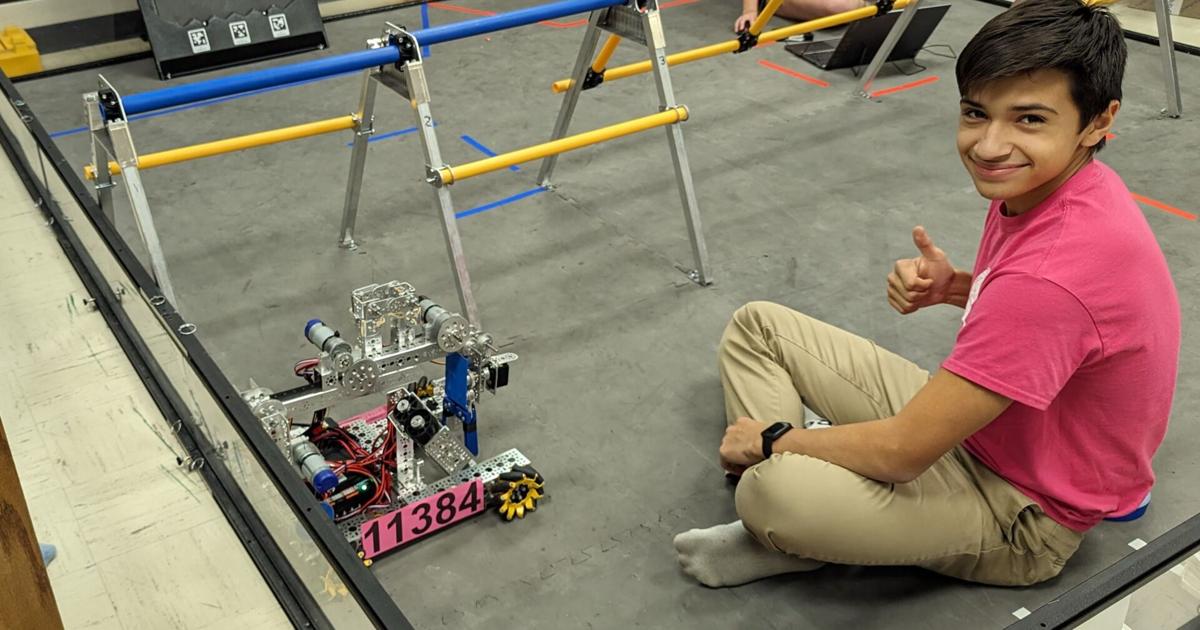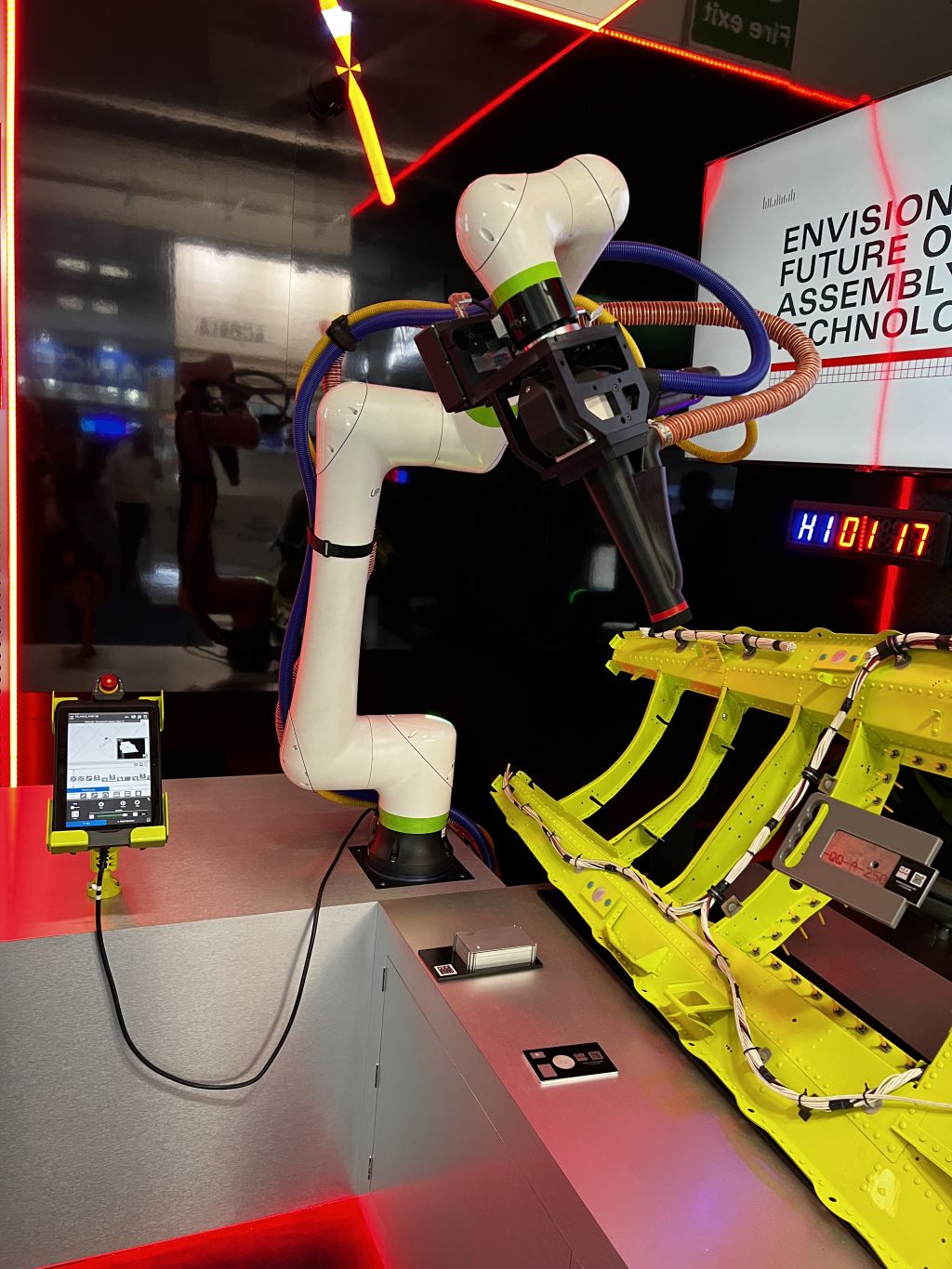The integration of robotics into construction planning has marked a significant shift in the industry, heralding a new era of enhanced efficiency and innovation. This evolution goes beyond just adopting new tools; it represents a fundamental change in how construction projects are conceptualized and executed. Robotics brings a level of automation and precision previously unattainable, significantly altering the landscape of construction methodologies. This article will delve into the transformative impact of robotics in construction planning, shedding light on a future where technology and human expertise converge to redefine the construction industry, including the advent of robotic layout solutions.
The Advent Of Robotics In Construction
Robotics has brought a revolutionary change to the construction industry, traditionally characterized by manual labor and time-intensive processes. By assuming roles once reserved for skilled workers, these advanced machines are reshaping the core dynamics of construction planning. This integration of robotics not only streamlines workflows but also opens up new possibilities for complex, large-scale projects, thereby enhancing the overall scope and capability of the construction sector. The presence of robotics in construction sites symbolizes a shift towards more intelligent and automated processes, paving the way for more ambitious architectural endeavors.
Enhancing Precision And Efficiency
Robotics has significantly raised the bar for precision and efficiency in construction planning. By executing tasks with a level of accuracy far beyond human capabilities, these machines reduce errors and inconsistencies that can be costly in construction projects. This high precision is particularly critical in tasks requiring meticulous attention to detail, ensuring that every construction process aligns perfectly with the planned design and specifications. Robots excel in executing repetitive and intricate tasks, allowing construction projects to progress without the typical delays caused by human error or fatigue. Furthermore, integrating robotics leads to more effective resource utilization, minimizing waste, and optimizing construction timelines, which is crucial in today’s fast-paced construction environments.
Improving Safety On Construction Sites
Robotics has greatly improved safety standards in construction planning. By undertaking high-risk tasks, robots minimize the danger to human workers, leading to safer construction environments. This shift reduces the incidence of accidents and injuries and allows human workers to focus on less hazardous, more skilled aspects of construction, thereby optimizing the workforce’s potential. Robots can operate in environments that are unsafe for humans, such as extreme heights or toxic conditions, further enhancing onsite safety. Additionally, the use of robotics in monitoring and surveillance roles ensures constant vigilance on construction sites, quickly identifying and addressing potential safety hazards.
Incorporating AI For Smart Planning
Sustainable Construction Practices
Robotics is increasingly being recognized for its role in promoting sustainable construction practices. By utilizing resources more efficiently and minimizing waste, these machines are helping the construction industry reduce its environmental impact. Additionally, the precision of robotics in handling and installing sustainable materials is instrumental in advancing green construction methodologies, contributing to the industry’s broader environmental responsibility. Robots can work with innovative materials designed for sustainability, facilitating the construction of energy-efficient and eco-friendly buildings. The automation of resource management and recycling processes by robots further underscores their role in supporting environmentally conscious construction practices.
Challenges And Considerations
The integration of robotics in construction planning, while beneficial, comes with its own set of challenges. These systems’ initial cost and complexity can be significant, requiring careful planning and investment. Moreover, as robotics potentially replaces certain manual roles, there is a growing need to address the implications for the workforce, balancing technological advancement with job security and skill development. The integration process also requires a shift in workforce training, focusing on skills needed to operate and collaborate with robotic technology.
Future Outlook
The future of robotics in construction planning looks promising, with continuous technological advancements expected to expand their role further. The increasing sophistication of these machines will likely enable them to handle a wider array of tasks, further enhancing the efficiency and capabilities of construction projects. This forward momentum in robotic technology is set to usher in a new age of construction, where human expertise and robotic precision combine to achieve unprecedented levels of productivity and innovation. The potential for robotics to adapt and learn from different construction environments suggests a future where these machines become integral, intelligent partners in the construction process.
Construction Conclusion
The role of robotics in construction planning is undeniably transformative, offering new levels of precision, efficiency, and safety to the industry. As we move forward, integrating this technology will become increasingly vital in addressing the complex demands of modern construction projects. Embracing robotics in construction planning is not just about keeping up with technological trends; it represents a commitment to advancing the industry toward a more efficient, safe, and sustainable future. The continual evolution of robotics promises to enhance the way we build and think about construction as a whole, ushering in a new era of innovative, intelligent, and sustainable building practices.











